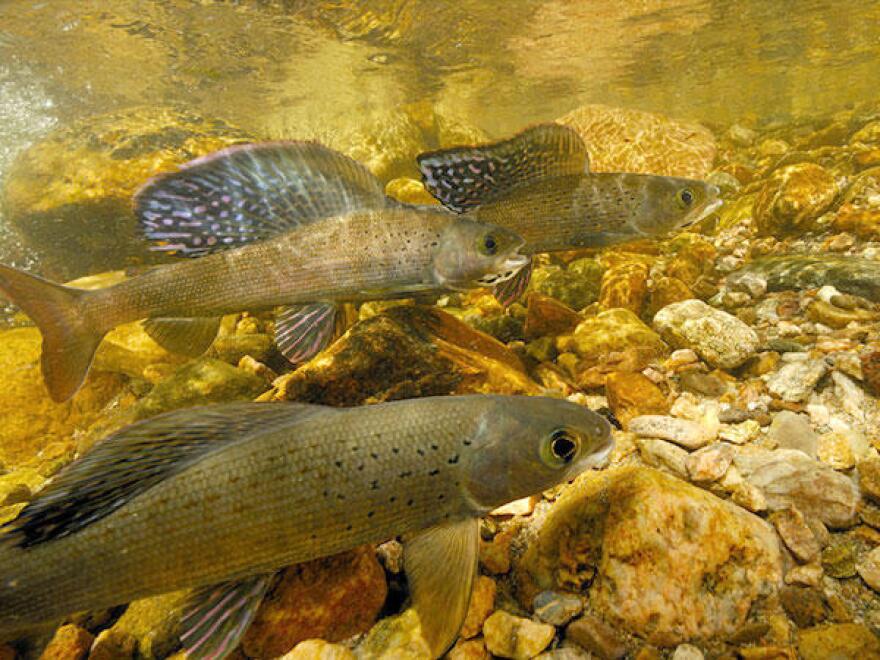Four years ago the U.S. Fish and Wildlife Service concluded that Arctic grayling in Montana don’t warrant Endangered Species Act protection. Now, it’s asking for public input on its strategy to work with the state and private landowners to protect the last native population of the fish in the lower 48 states.
The Service is currently drafting what’s called a Candidate Conservation Agreement with Assurances for graylings in the Centennial Valley, to protect the fish’s habitat and increase their range. These Agreements outline voluntary conservation projects for private landowners, like building fish ladders or fixing irrigation systems. In return, landowners aren’t required to do any additional conservation work if the species is ever listed under the Endangered Species Act.
Buddy Drake founded the non-profit Montana Arctic Grayling Recovery Program in 1990 and worked on a set of conservation agreements in the nearby Big Hole Valley that he considers successful. He says the effects of climate change pose the biggest threat to cold water loving graylings, but adds there are other benefits.
"All the work that we're doing not only benefits the river and the riparian, but the wildlife associated with it," Drake says. "So there's nothing but positives here as far as the cooperative effort between the different agencies and the landowners."
Not everyone agrees that these Conservation Agreements are enough to protect the silver fish with a distinctive sail-like fin on its back. In 2015, a handful of conservation groups and individuals sued the Service for its decision not to list Arctic graylings under the Endangered Species Act. A decision on that lawsuit is pending.
The Fish and Wildlife Service will accept comments on the draft Candidate Conservation Agreement with Assurances and accompanying Environmental Assessment through June 28.
To request further information or send written comments, please use one of the following methods, and note that your information request or comments are in reference to the Centennial Valley CCAA.
U.S. Mail: James Boyd, Fish and Wildlife Biologist, Montana Ecological Services Field Office, U.S. Fish and Wildlife Service, 585 Shepard Way, Suite 1, Helena, MT 59601.
Email: james_boyd@fws.gov. Include “Centennial Valley CCAA” in the subject line of the message.
In-Person Viewing or Pickup: Documents will be available for public inspection by appointment (406–547–5225, ext. 216) during normal business hours at the U.S. Fish and Wildlife Service, Montana Field Office, 585 Shepard Way, Suite 1, Helena, MT 59601.


